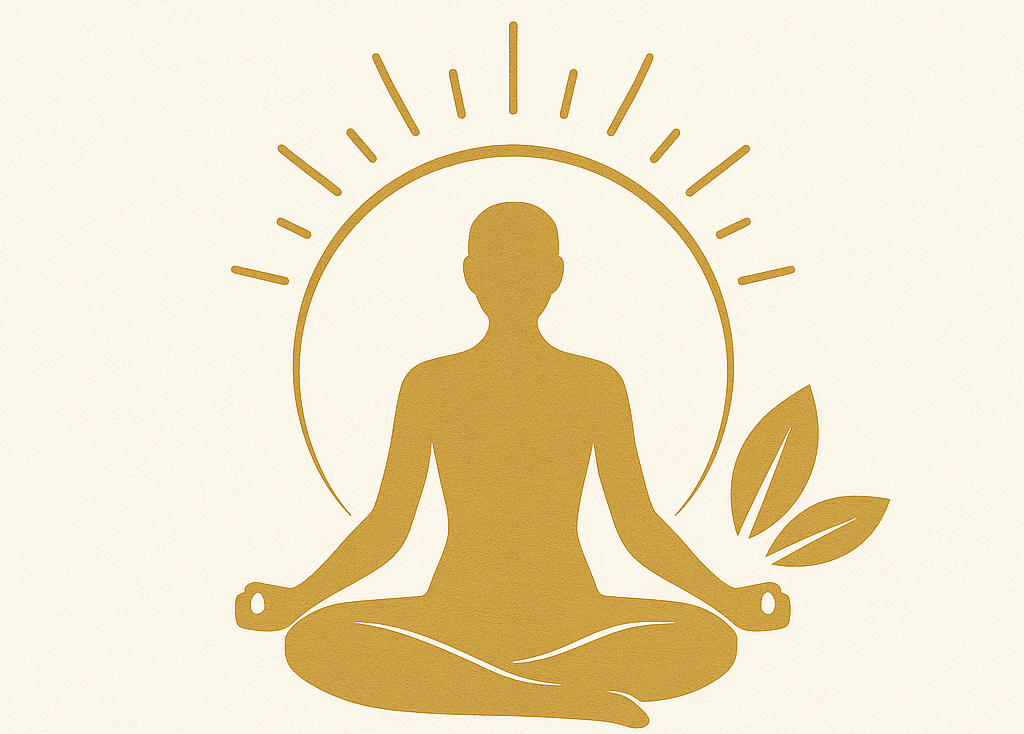Healing Overload: When to Stop, Pause, or Pull Back
You don’t have to keep going. You’re allowed to stop. To breathe. To rest.
Healing takes energy and when you’re constantly “doing the work,” you can reach a point where your body says, “Enough for now.” That’s not failure. That’s wisdom.
What Is Healing Overload?
Healing overload happens when the body is doing too much at once:
- Killing pathogens
- Processing trauma
- Detoxing old toxins
- Managing life stress
All while trying to regenerate.
It’s like trying to clean out a house while the roof is leaking. The system collapses.
Signs It’s Time to Pause:
- You feel worse the longer you’re on a protocol
- You’re constantly anxious, irritable, or exhausted
- Your sleep is broken and your cravings intensify
- You’re overly emotional with no clear reason
- Nothing seems to be working anymore
- You’re chasing symptoms instead of healing
When to Stop vs. Pause vs. Pull Back
Stop (fully pause all protocols):
If you’re deeply exhausted, emotionally fragile, or experiencing worsening symptoms. Let your body rest and rebuild.
Pause (short-term reset):
If you’ve been cycling consistently and feel stagnant or overwhelmed. Take 5–7 days off to let your system catch up.
Pull Back (reduce intensity):
Lower the dose, frequency, or number of supplements. Reintroduce slowly and gently, one thing at a time.
What to Do While You Rest:
- Prioritize deep sleep
- Nourish with simple, whole foods
- Breathe deeply
- Walk slowly
- Cry, journal, pray, ground
- Do nothing at all and let that be enough
Integration is part of the work.
Pausing doesn’t stop your healing—it protects it.
Your body knows what it’s doing. When it whispers “rest,” listen.
This isn’t quitting. It’s aligning.
Discover more from Bio Wellness Path
Subscribe to get the latest posts sent to your email.

